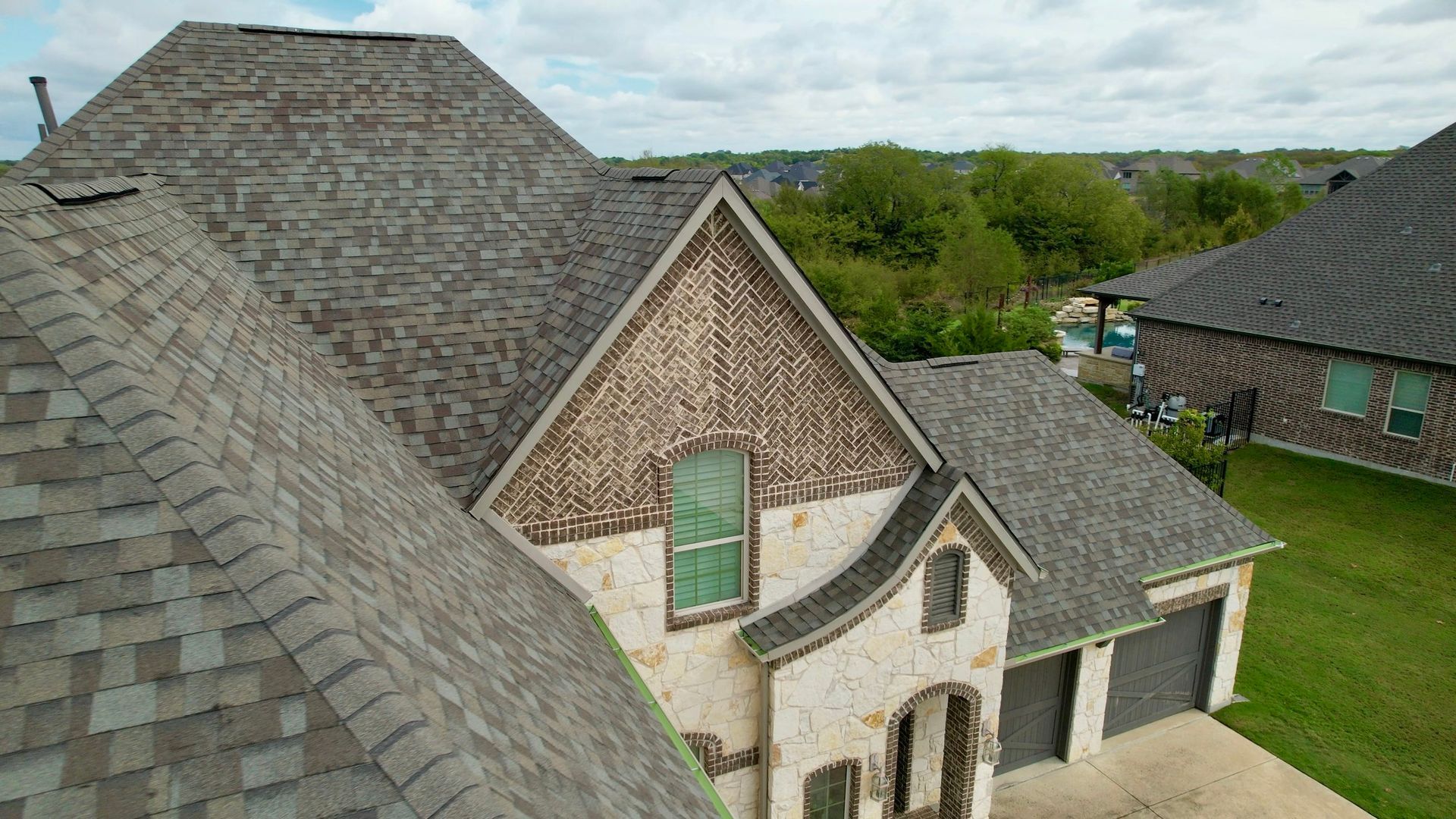CALL US: (214) 307-2382
CALL US (214) 307-2382
Top 10 Signs of Storm Damage You Should Never Ignore
Storms can leave behind damage that often goes unnoticed until it’s too late. Identifying early signs of harm after severe weather protects your home and prevents costly repairs. Many homeowners fail to check their property thoroughly after a storm. Even minor issues can worsen over time if left unchecked. By knowing what to look for, you can safeguard your investment and maintain safety.
Paying close attention to these warning signs can help you act quickly. A small crack, missing shingles, or pooling water can lead to significant problems. Addressing storm damage immediately saves money and keeps your home secure. Below are the top ten signs of
storm damage you should never ignore.
1. Missing or Damaged Shingles
Strong winds often rip shingles from roofs. Missing or cracked shingles expose your roof to water leaks. Damaged shingles may curl or have visible granules missing. Inspect your roof from the ground and call for repairs if you notice anything unusual.
2. Water Stains on Ceilings or Walls
Leaking roofs allow water to seep inside. Yellow or brown stains on walls and ceilings indicate moisture problems. Ignoring these marks can lead to mold and structural damage.
3. Cracked or Broken Windows
Flying debris can shatter windows or leave cracks. Even small chips weaken the glass and may cause further damage over time. Check windows carefully, even if they look intact from a distance.
4. Gutters Filled with Debris
Storms often fill gutters with leaves, branches, and dirt. Clogged gutters prevent water from draining properly, leading to water pooling around your home’s foundation. Clear them immediately to avoid long-term water damage.
5. Fallen Trees or Branches
Heavy winds and rain may bring down trees or large branches. Fallen trees not only harm your yard but may also damage roofs, fences, or vehicles. Examine your property to ensure there are no hidden risks.
6. Loose or Broken Siding
Storms can tear siding away from walls. Loose or broken siding lets moisture enter your home, causing rot and mold. Inspect the exterior of your house carefully after a storm.
7. Dents on Metal Surfaces
Hailstorms often leave visible dents on metal surfaces like roofs, gutters, or garage doors. These dents may not seem serious, but they weaken materials and reduce their lifespan.
8. Flooding or Water Pooling
Heavy rain can lead to flooding in basements or water pooling around your yard. Stagnant water weakens foundations and attracts pests. Address drainage problems as soon as possible to prevent further harm.
9. Damaged Fences or Outdoor Fixtures
Storms often leave fences leaning or broken. Outdoor furniture or decorations may also shift or break. Check your yard for any items that need repairs or replacement.
10. Chimney or Roof Flashing Issues
Strong winds can loosen chimney bricks or detach flashing around the roof. These gaps allow water to enter your home. Carefully inspect chimneys and roof edges for any visible signs of wear.
Protect Your Home After a Storm
Ignoring storm damage can lead to long-term problems for your home. Conducting a thorough inspection after bad weather helps you catch problems early. Even small signs of damage deserve immediate attention to prevent bigger issues. By acting promptly, you save yourself the hassle and expense of extensive repairs.
Service Areas
Rockwall, TX | Heath, TX | Wylie, TX | Dallas, TX | Royse City, TX | Fate, TX | Plano, TX | McKinney, TX | Greenville, TX | Rowlett, TX | Grapevine, TX | Colleyville, TX | Southlake, TX | Allen, TX | Princeton, TX | Lucas, TX | Terrell, TX | Forney, TX | Mesquite, TX | Sulphur Springs, TX




